There are many different types of lifeboats that vessels use today. It is a vital safety appliance on board that it is mandatory to have them.
That said, ships with no lifeboats, or have defective ones, are unseaworthy.
Your ship may have the perfect navigational equipment, the newest hull, and the most experienced crew but without the lifeboat, your ship can not ply into the high seas.
Though there are so many different kinds of vessels, there are only three different types of lifeboats. One of them is getting obsolete and the other two are making headway and saving lives.
Let’s discuss them below.
What is a Lifeboat?
A lifeboat is a survival craft used to abandon the crew and passengers in the event that the vessel itself poses extreme risks for survival.
If you watched sci-fi movies like Star Wars or Star Trek, you may have seen escape pods that launch when the mother ship is getting destroyed.
Lifeboats are similar.
But instead of using them in outer space, we use them in the high seas and open waters during grave danger.
This boat is much smaller than the main vessel but is designed to remain upright in any sea condition.
It doesn’t have amenities but contains various tools and lifeboat equipment necessary for the crew to survive.
Even with the various types of lifeboats out there, they all share the same goal. That is to preserve the life of the crew and passengers until the rescuers come.
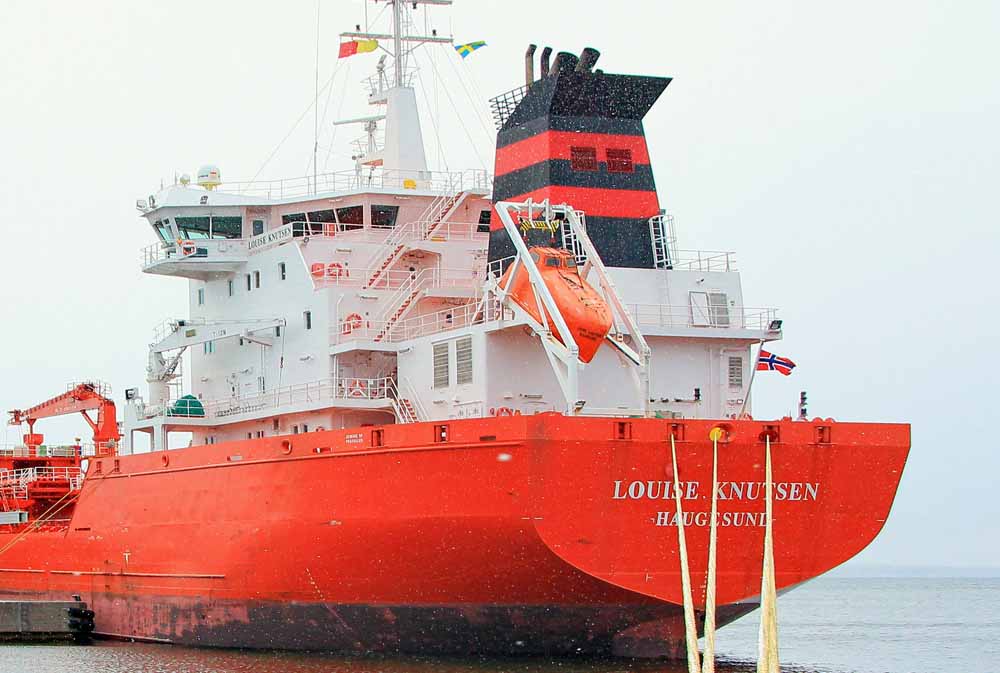
Do all vessels require a lifeboat?
Short answer, “No!”
Not all vessels require lifeboats and I’ve seen a few of them.
However, this exemption requires specific conditions that are under the care of the Administration and Flag States.
According to SOLAS Chapter III – Regulation 2, vessels may be exempted from complying with this rule as long as their voyage is sheltered and does not go beyond 20 nautical miles from the nearest land.
You can see these conditions play out if you visit the ARA Regions (Amsterdam, Rotterdam, Antwerp).
Tugboats and barges sailing within the rivers and near the coasts don’t employ lifeboats.
However, merchant ships that traverse the high seas need one or two.
Three Types of Lifeboats
We can classify lifeboats according to the launching mechanism or their obvious design.
This is a bit confusing since if we use the launching methods, there are only two types that overlap with the type of design.
For example, we have a totally enclosed lifeboat designed to launch via davit but we can also deploy it in free fall.
Instead, and to avoid confusion, we will stick with categorizing them according to their very obvious design.
The three types of lifeboats are open lifeboats, partially enclosed lifeboats, and totally enclosed lifeboats.
1. Open-Type Lifeboats
Remember the movie Titanic in the part where the people are abandoning the ship because it was sinking?
Everyone was scurrying to get into one of the boats to survive.
Those boats portrayed in that movie are open lifeboats due to the obvious reason that they are open.
They have no side and overhead covers thereby exposing the survivors to the weather. Not good with wind chills.
Rainwater could fill this boat as well as sea sprays during bad weather. Not to mention that they are powered by oars.
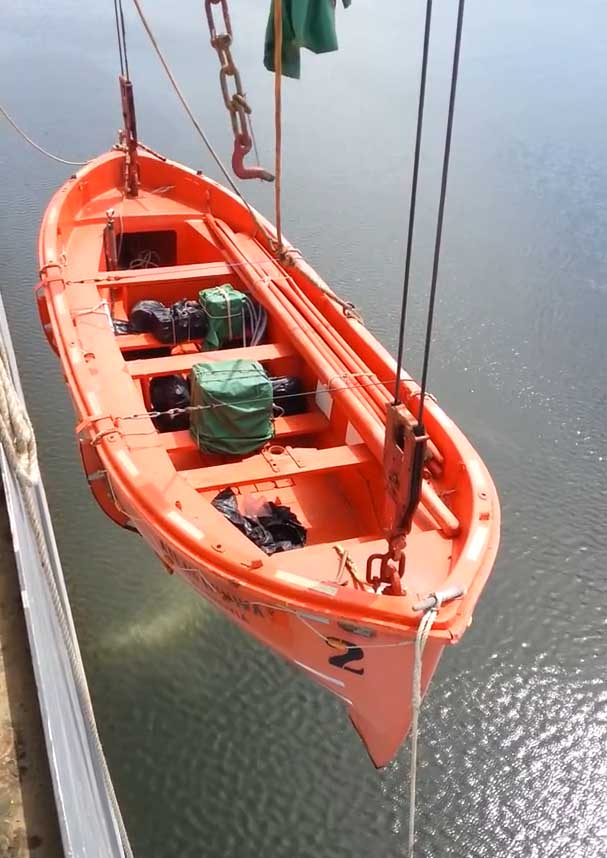
This is bad for the survivors and electronic equipment as well. For these reasons, open-type lifeboats are becoming obsolete today.
And you don’t want to be in that boat when the weather is cold, bad, and ugly.
You can still find them on very old models of ships, in maritime schools, training centers, and museums.
2. Partially Enclosed Lifeboats
Partially enclosed lifeboats offer more protection against the elements because of their fixed rigid covers.
As per the SOLAS Convention, these permanent covers must be located not less than 20% of the ship’s length forward and not less than 20% of the ship’s length aft.
This means that they have bigger and multiple entrances while offering protection to the people inside.
And since they are partially enclosed, they have a permanently attached foldable canopy where two persons can erect it.
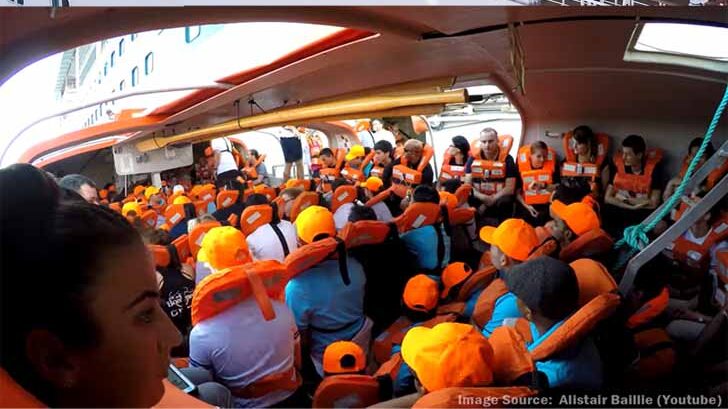
SOLAS requires that a lifeboat’s carrying capacity must not exceed 150 persons.
Thus, partially enclosed lifeboats are often found in passenger ships. The foldable canopy comes handy in here.
When opened, it releases heat from the 150 occupants and allows natural air ventilation as long as the weather permits.
3. Totally Enclosed Lifeboats
This is the third and last type of lifeboat.
Totally enclosed lifeboats offer maximum protection for their occupants against the onslaught of the elements.
They have a rigid watertight enclosure that completely encloses the lifeboat as well as provides shelter to the occupants.
The means of access is a hatch that can be closed to make the lifeboat watertight.
Since it is totally enclosed, it houses electronic equipment for communication necessary during a rescue operation. They are also designed to be self-righting.
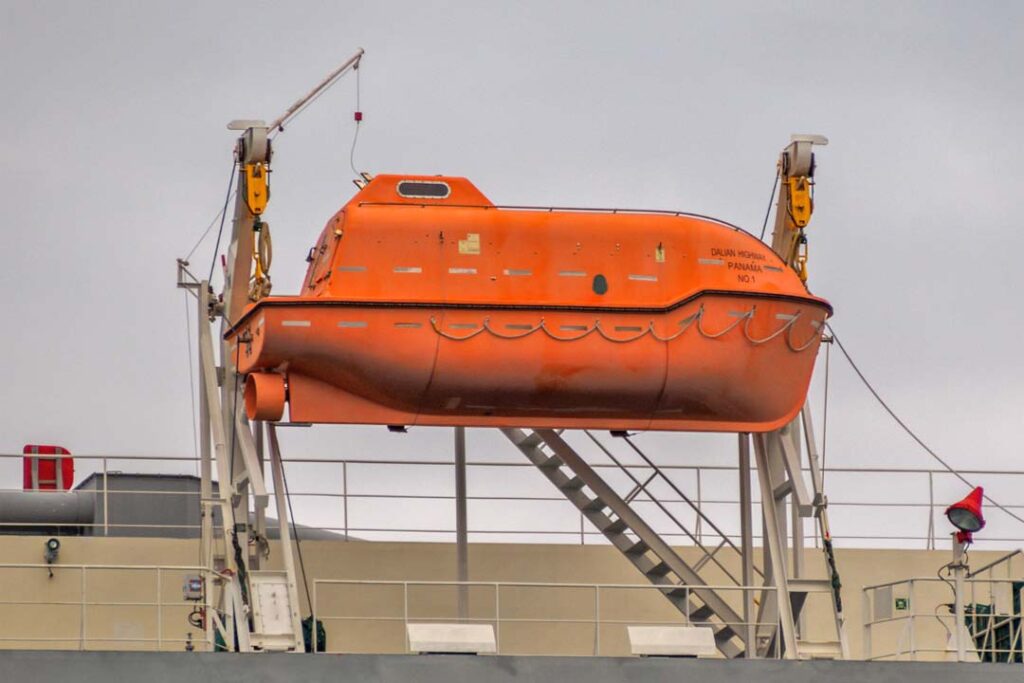
Most of the ships I sailed with had this type of lifeboat. It is very hot inside when full and the air could be a bit unpleasant, especially during warm weather.
Because of its design, totally enclosed lifeboats are preferred in many ships like bulk carriers, container vessels, general cargo ships, and tanker ships.
Many of these lifeboats have built-in extra features like a sprinkler system and compressed air that is useful in abandoning a burning ship.
Launching Mechanisms
Lifeboats are useless unless we can deploy them on the water during emergencies.
On normal days, they have securing arrangements to prevent accidental release. But they are also designed to be launched within a few minutes only.
The two main methods of launching are davit-type and free-fall-type.
Davit-type launch
Davit-type launch uses a davit to lower the boat into the water. The boat then releases the lines and hooks when it touches the water.
Open-type and partially enclosed-type lifeboats use this kind of launching method.
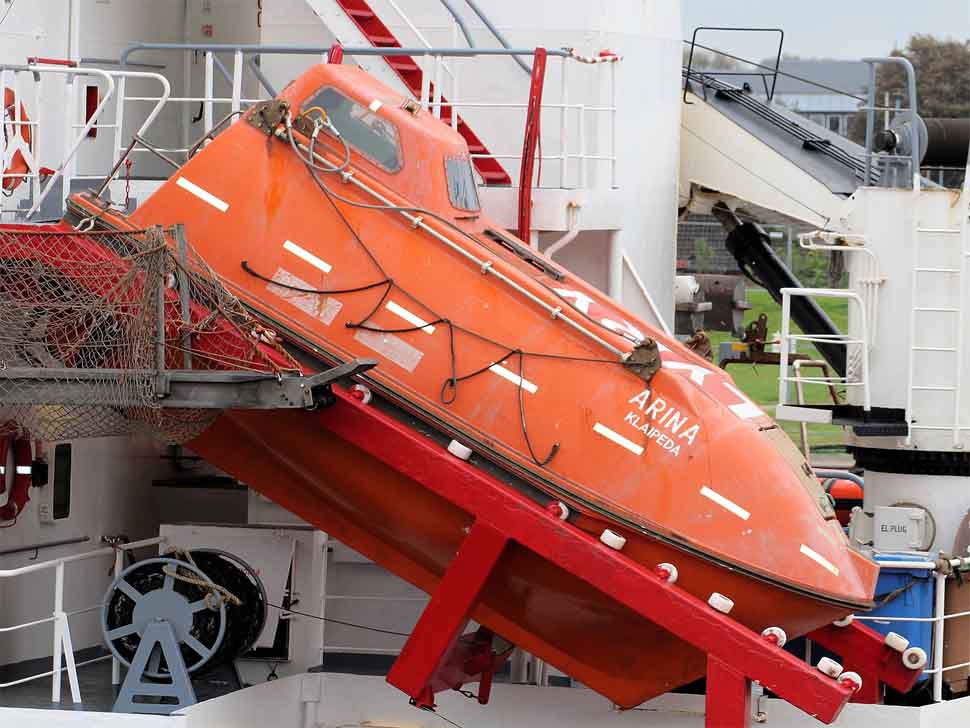
Since these boats have no automatic quick-release mechanisms like a hydrostatic release unit of EPIRBs and liferafts, their methods of deployment are manual.
Free-fall launch
Free-fall launching involves dropping the lifeboat into the water from its securing arrangement.
The crew releases the lashings so that only the hook holds the lifeboat. After that, they go inside to find their seats and secure themselves with straps.
Remember that they will be dropping from a height and it could be dangerous.
Once everyone is inside and fully strapped in, the coxswain releases the hook and the lifeboat slides its way to the water headfirst.
Because of the forces acting upon this kind of release, free-fall drops are perfect for totally enclosed lifeboats.
They also have sprinkler systems that protect them against fire and smoke.
May the winds be in your favor.


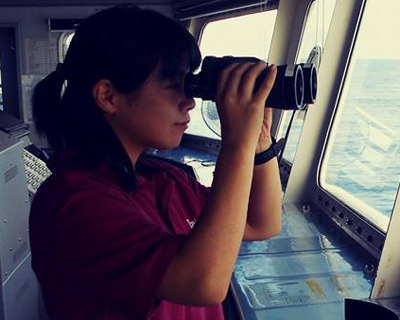
0 Comments